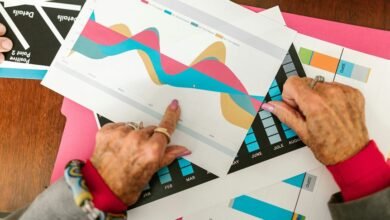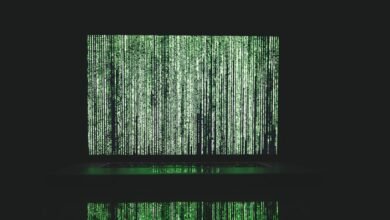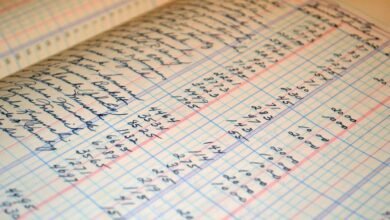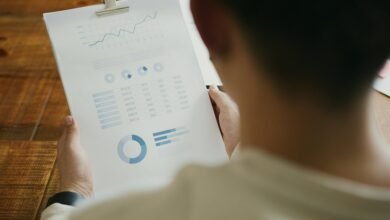Statistical Comparison Between 7082513091, 7082743723, 7083164009, 7083811491, 7083919045, and 7084261270
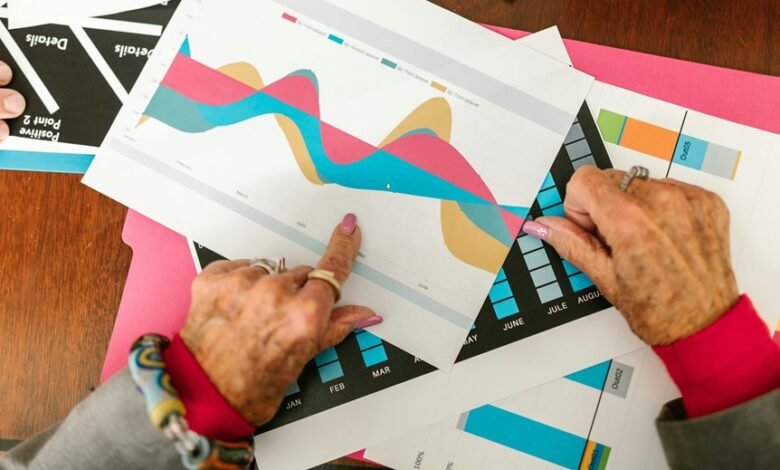
The statistical comparison of the numbers 7082513091, 7082743723, 7083164009, 7083811491, 7083919045, and 7084261270 reveals distinct patterns in their digit structures. Analyzing their distributions and frequencies uncovers intriguing trends. These variations suggest potential underlying relationships among the sequences. Understanding these dynamics could shed light on broader implications. Further exploration into their characteristics may reveal unexpected insights waiting to be uncovered.
Pattern Analysis of the Selected Numbers
Although numbers may seem arbitrary at first glance, a careful examination reveals underlying patterns that can provide valuable insights.
The selected number sequences exhibit distinct digit patterns, showcasing variations in their arrangements. Analyzing these sequences allows for the identification of trends and relationships, empowering individuals to discern meaningful information.
Such insights can enhance understanding and foster a sense of autonomy in data interpretation.
Distribution and Frequency Examination
The analysis of distribution and frequency in selected number sequences reveals critical insights into their behavior and characteristics.
Frequency trends indicate varying occurrences among the numbers, while distribution characteristics highlight their spread across different ranges.
Such examinations allow for a deeper understanding of how these sequences interact, providing a foundation for further statistical exploration without delving into correlations or relationships.
Correlation and Relationship Insights
While examining correlation and relationships within number sequences, one can observe how variations in one set of values may correspond to changes in another.
Analyzing the correlation trends reveals significant relationship dynamics among the numbers. This insight allows for a deeper understanding of how each number influences the others, fostering a clearer picture of interdependencies that can guide further statistical exploration and interpretation.
Conclusion
In conclusion, the statistical analysis of the numbers 7082513091, 7082743723, 7083164009, 7083811491, 7083919045, and 7084261270 reveals intriguing patterns in digit composition. Notably, the digit ‘7’ appears in each sequence, indicating a consistent starting point that may influence their numerical behavior. This shared characteristic not only highlights a commonality among the numbers but also prompts further investigation into how such patterns could impact future data interpretations and applications.

